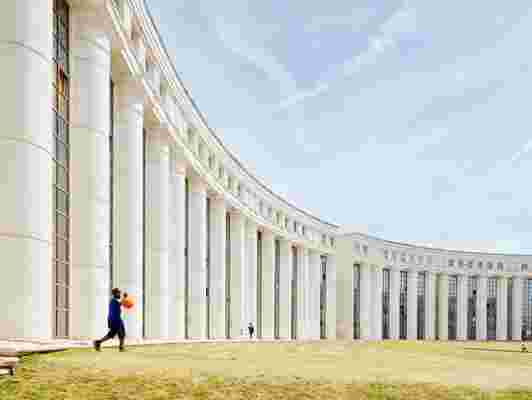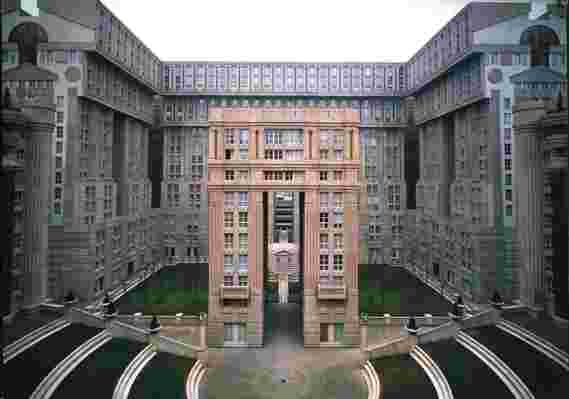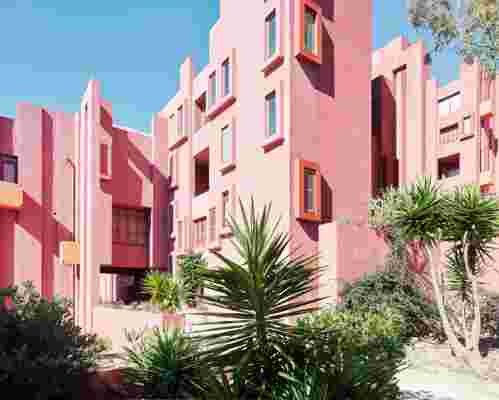Postmodernist Architecture Master Ricardo Bofill has Died
In 1957, Ricardo Bofill was expelled from the Barcelona School of Architecture. In 2019, a monograph about his life and work is being published— Ricardo Bofill: Visions of Architecture ( $69, Gestalten ). What happened in between was a robust career during which he created monumental works of architecture — a career all the more monumental following Bofill's death this week. Bofill founded his own architecture practice in 1963, when he was just 23, working with a group of intellectuals whose specialties ranged from architecture to filmmaking to philosophy. This interdisciplinary group examined not only architectural styles of the day but also social movements—this led Bofill and his firm to tackle massive social housing projects in France, for which they’re most known today. “[T]hese had shocked and awed the public and the profession alike with their use of a highly monumental classical language at a scale never before seen,” writes Douglas Murphy in one of the book’s essays. Here, we look a some of our favorite projects from the volume, including a number of these radical structures.

Les Colonnes de Saint-Christophe, built in 1985 in Cergy-Pontoise, France, is one of Bofill’s five “garden cities,” another housing complex.

The imposing Les Espaces D’Abraxas high-density housing complex in Marne-la-Vallée, France, features both classical and postmodern elements. It was built in 1982.

Bofill built this Moorish fortress–inspired housing complex called La Muralla Roja in Alicante, Spain, in 1973.
In another view of La Muralla Roja, crenellations are seen along an exterior walkway.
This stairwell at La Muralla Roja bears similarities to M.C. Escher’s famous drawings.
The Walden 7 housing complex, built in 1975 in Sant Just Desvern, Spain, is referred to as the kasbah, which means citadel in Arabic. Bofill was inspired his travels through Algeria.
The headquarters of Ricardo Bofill Taller de Arquitectura, called La Fábrica, are located in a formerly abandoned concrete factory in Sant Just Desvern, Spain. Bofill moved his practice into the space in 1975, converting it into a facility that looks like a futuristic ruin.
Ricardo Bofill: Visions of Architecture